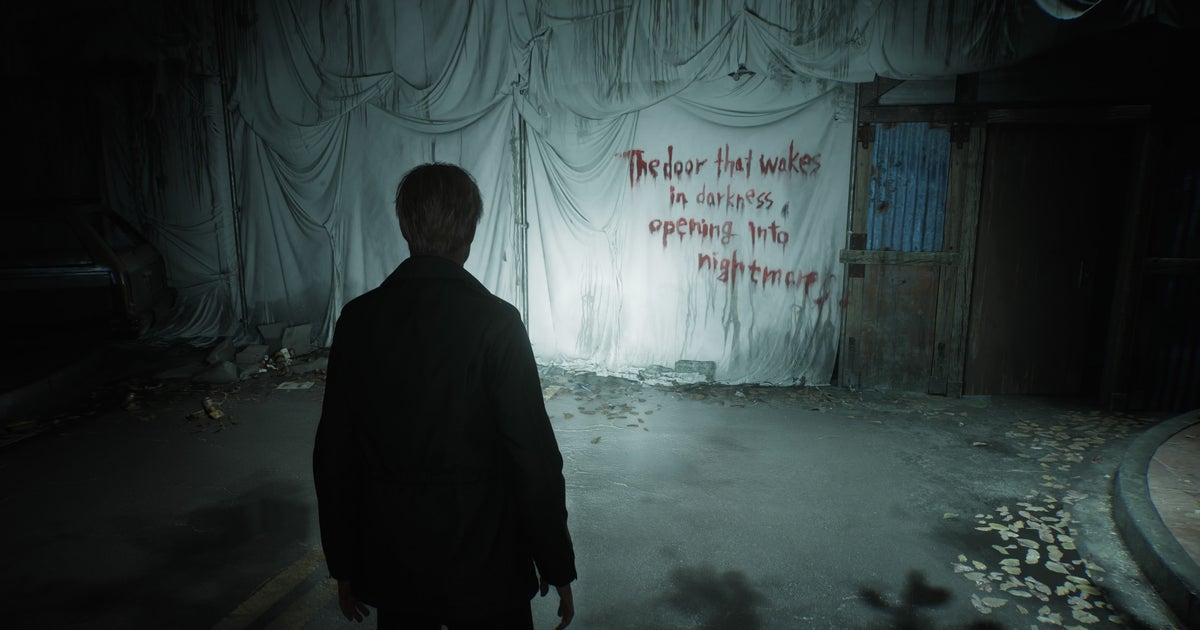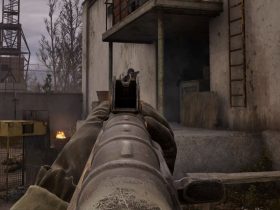A Silent Hill 2 fan believes they’ve discovered a hidden message that adds further credence to a long-held fan theory about the seminal horror game.
The player believes that on two television sets found in Silent Hill 2 Remake – the TV in the hospital cafeteria, and another in the nurses’ lounge – a secret message is being played via morse code.
Please note, there will be Silent Hill 2 Remake spoilers below.
“A message is playing on the TV in Brookhaven Hospital, transmitted in morse code,” YouTuber Shiba explained.
“The sound is mostly drowned out by the static from the TV, making it difficult to hear clearly. However, the morse code is distinct, with a clicking sound that resembles a telegraph. The loud clicks mark the beginning of a signal, while the softer click signal its end. If we listen closely, we can decipher the following message.”
The message itself is pretty short, consisting of just two words and played on a loop: “Again and.”
Coupled with the hidden message discovered hiding behind the mysterious photos found in Silent Hill 2 Remake, the morse code message adds further validity to the popular fan theory that James Sunderland is trapped in the town of Silent Hill, reliving his search of Mary on a loop “again and again and again and”.
Yesterday, Konami deployed a new Silent Hill 2 Remake update to address graphical glitches affecting the horror game on PS5 Pro.
The patch comes after Silent Hill 2 Remake players called on Konami to address the technical issues still plaguing the game on PS5 Pro almost two weeks on from the Pro’s release. However, some players report all the patch has done is remove PSSR and fails to address any of the underlying issues.
fbq('init', '560747571485047');
fbq('track', 'PageView'); window.facebookPixelsDone = true;
window.dispatchEvent(new Event('BrockmanFacebookPixelsEnabled')); }
window.addEventListener('BrockmanTargetingCookiesAllowed', appendFacebookPixels);












Leave a Reply